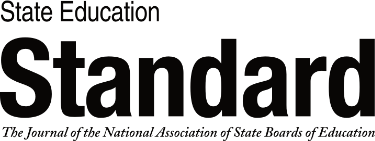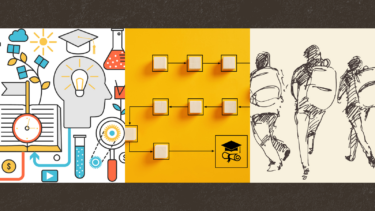Although federal policies have promoted the inclusion of students with disabilities in educational opportunities, success remains elusive. Yet much has been learned about how best to include students with disabilities in assessments and accountability, graduation requirements, and educational programming. Based on this learning, we highlight red flags to watch for in policy and suggest what state boards of education and other policymakers can do to support students with disabilities so that they leave preK-12 schooling ready for success.
Ensuring Students with Disabilities Leave School Ready to Succeed
Also In this Issue
Ensuring Students with Disabilities Leave School Ready to Succeed
By Kristin K. Liu, Martha L. Thurlow and Sheryl S. LazarusState boards can watch policies for red flags that hold students back.
Debunking Myths about Students with Disabilities
By Karla Phillips-KrivickasState policy should confront the pervasive low expectations that the outcomes reveal.
Supporting Students with Disabilities throughout the Year
By Elizabeth Barker and Angela JohnsonThe data point up a need for services that extend beyond the school year.
Reenvisioning the Future with Universal Design for Learning
By James D. BashamBuild a system that supports each student rather than a mythical average one.
Supporting English Learners with Disabilities
By Drew S. Fagan and Luis Javier Pentón HerreraEquitable education means overcoming challenges in identification, staff training, and funding.
Understanding Special Education Teacher Shortages
By David Peyton and Kelly AcostaState policies meaningfully affect recruitment and retention.









 i
i
 i
i